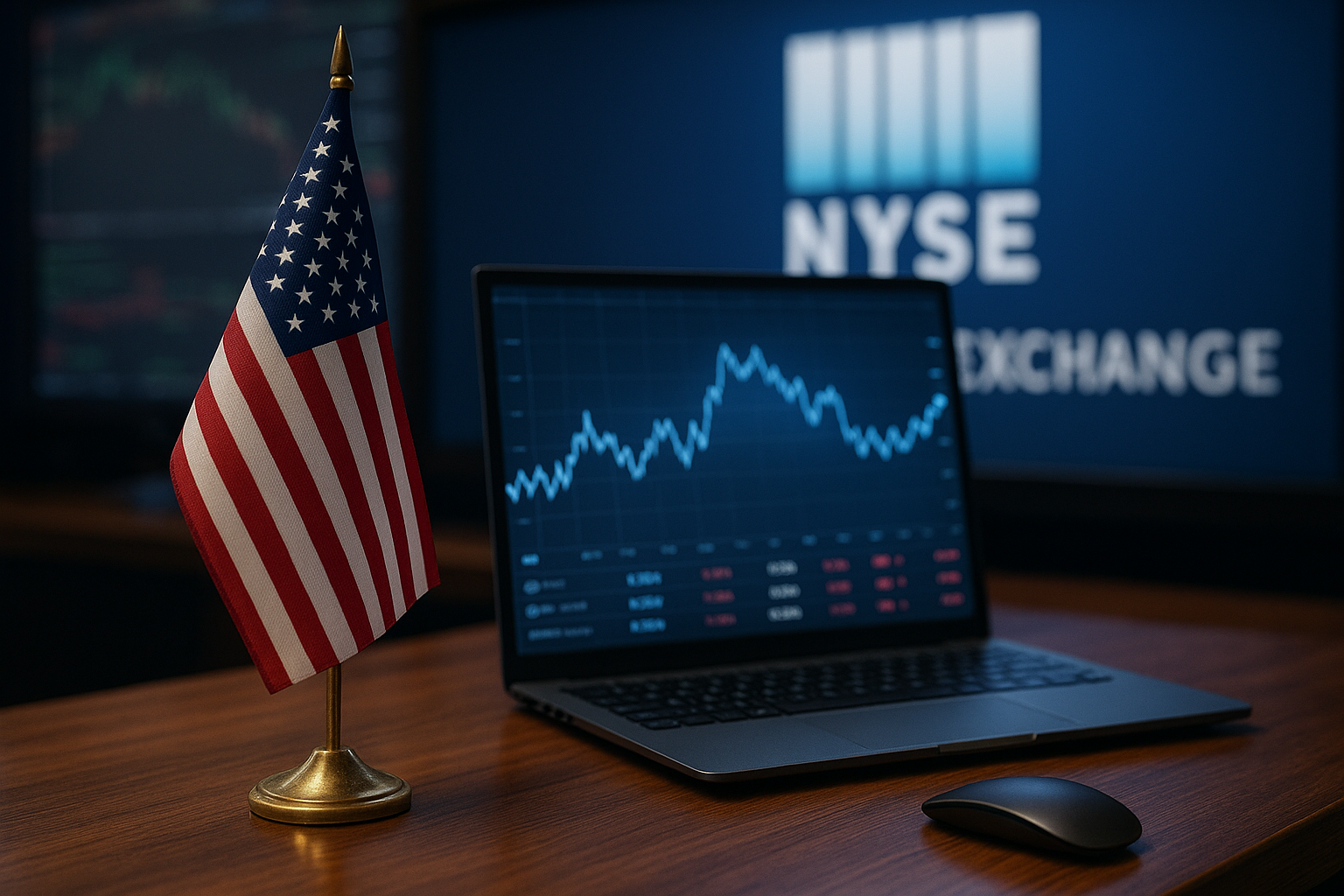After weeks of political paralysis, the U.S. government has reopened — but markets are showing restraint instead of relief. The resolution of the 42-day shutdown removed a major near-term risk, yet traders remain cautious, digesting a flood of economic data and trying to gauge the Federal Reserve’s next move on interest rates. Futures tied to the S&P 500 and Nasdaq 100 traded mostly flat early Thursday, signaling uncertainty over whether the Fed’s “higher for longer” stance will hold into early 2026.
According to Reuters, Wall Street’s muted response reflects a broader “wait-and-see” sentiment across global markets. European shares managed a modest rise, buoyed by a rebound in tech stocks, while Asian indices posted mixed results amid lingering questions over growth momentum and policy direction.
Policy Relief, Market Restraint
The end of the shutdown brings short-term stability to the U.S. economy, allowing key data releases and fiscal operations to resume. The Bureau of Labor Statistics confirmed that delayed reports on job growth and inflation will be released next week — data points that could heavily influence rate expectations.
Investors are treading carefully after the Federal Reserve’s November minutes hinted that policymakers remain divided on when to begin cutting rates. Markets had previously priced in the first rate cut for March 2026, but recent statements from Fed Chair Jerome Powell suggested that “premature easing could risk reigniting inflation.”
This mix of political relief and policy ambiguity is leaving traders conflicted. “We’re seeing stabilization, not celebration,” said a market strategist at Morgan Stanley, noting that liquidity inflows are concentrated in large-cap defensive names, while high-beta sectors like small caps and speculative tech remain under pressure.
Why This Matters for Investors
The post-shutdown calm masks a deeper market recalibration. Equity investors have grown more sensitive to macroeconomic signaling, especially as corporate earnings season winds down. While the shutdown resolution avoids near-term fiscal disruption, its economic cost isn’t negligible — Moody’s Analytics estimates the halt shaved off approximately 0.2 percentage points from Q4 GDP growth.
At the same time, volatility remains suppressed, with the CBOE VIX Index hovering near 15, well below its 10-year average. But analysts warn this may not last. With CPI, PPI, and retail sales data due in the coming days, any surprises on inflation could quickly trigger repricing.
In Europe, the STOXX 600 inched up about 0.3% on Thursday, helped by a mild rebound in semiconductor and software stocks, according to Reuters. However, weakness in industrials and consumer staples underscores that risk appetite remains uneven. Investors appear to be rotating toward high-quality balance sheets and stable dividend payers — a strategy consistent with late-cycle positioning.
Sector Watch: Defensive Plays Lead
The market tone reflects a preference for stability over speculation. Defensive sectors — utilities, healthcare, and consumer staples — have outperformed broader indices since mid-October, a sign that investors are prioritizing earnings resilience over growth momentum.
Technology, despite its leadership role for most of 2025, is facing valuation headwinds. The Nasdaq Composite has gained just 1.2% over the past month, compared to 3.4% for the S&P 500 Equal Weight Index, suggesting a modest rotation away from mega-cap concentration.
Bond yields, meanwhile, remain in focus. The 10-year Treasury yield is holding near 4.5%, reflecting uncertainty around future Fed moves. A sharper decline could provide tailwinds for growth equities, while a sustained high-yield environment may continue to favor value and dividend plays.
Key Investment Insight
This is a market defined by patience and precision. The near-term setup suggests limited upside until there’s greater clarity on inflation and policy direction. For portfolio managers and active traders alike, this environment rewards selectivity and discipline:
- Favor quality over momentum: Companies with strong cash flows and solid balance sheets may outperform in a high-rate regime.
- Consider partial hedging: Volatility could spike once delayed data resumes, making options or inverse ETFs useful tools for managing downside risk.
- Watch bond signals: If yields start to fall ahead of the next Fed meeting, it could mark the early phase of a sentiment shift toward risk assets.
- Maintain liquidity: Flexibility remains key; investors should avoid overcommitment ahead of critical macro data.
In short, this isn’t the time for aggressive positioning — it’s a time to prepare. Markets may remain range-bound until a clear rate-cut narrative emerges, but that period of hesitation could also offer attractive entry points once policy direction solidifies.
The reopening of the U.S. government may have lifted one cloud, but the broader market picture remains cloudy. Investors who balance caution with preparedness — focusing on fundamentals, risk management, and selective exposure — are best positioned to navigate the next few weeks of economic data and policy signals.
Stay ahead of the curve with MoneyNews.Today, your trusted source for daily investor insights, market trends, and actionable analysis across sectors.





